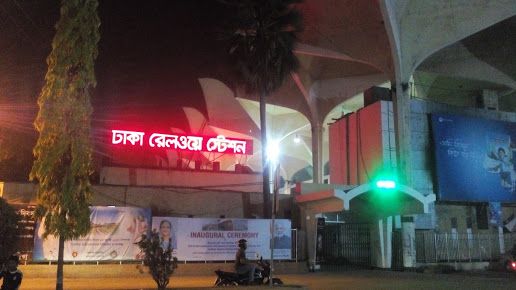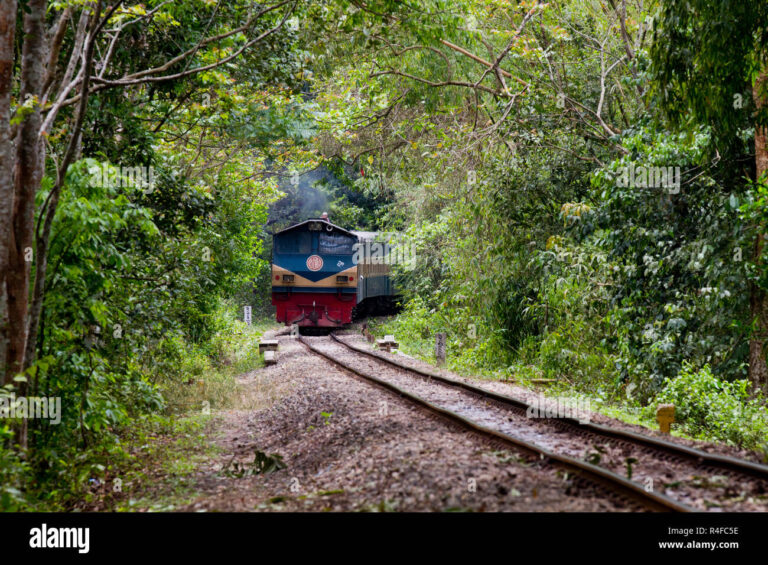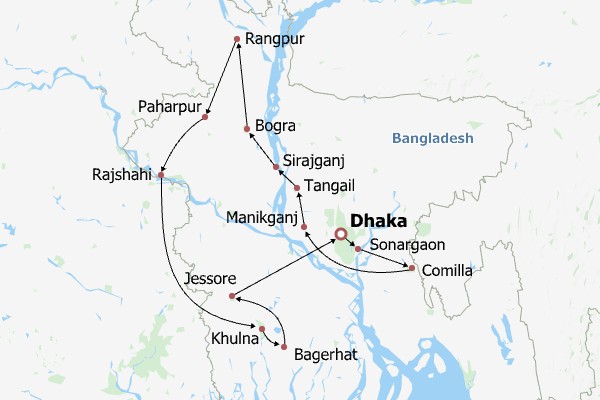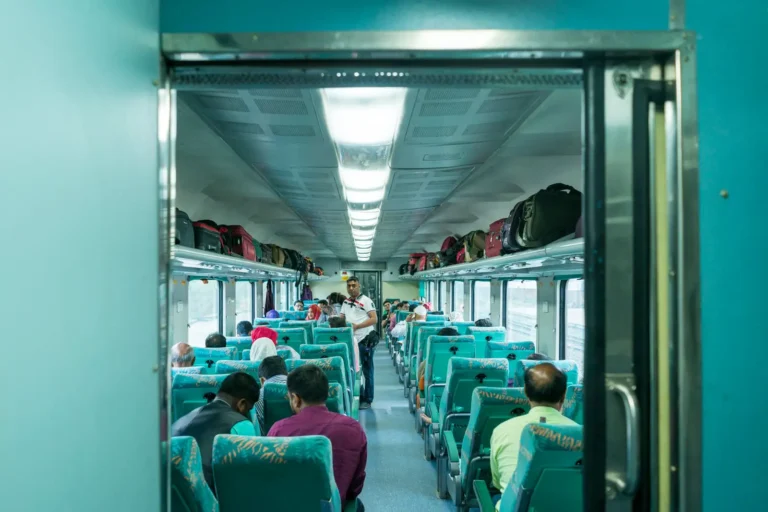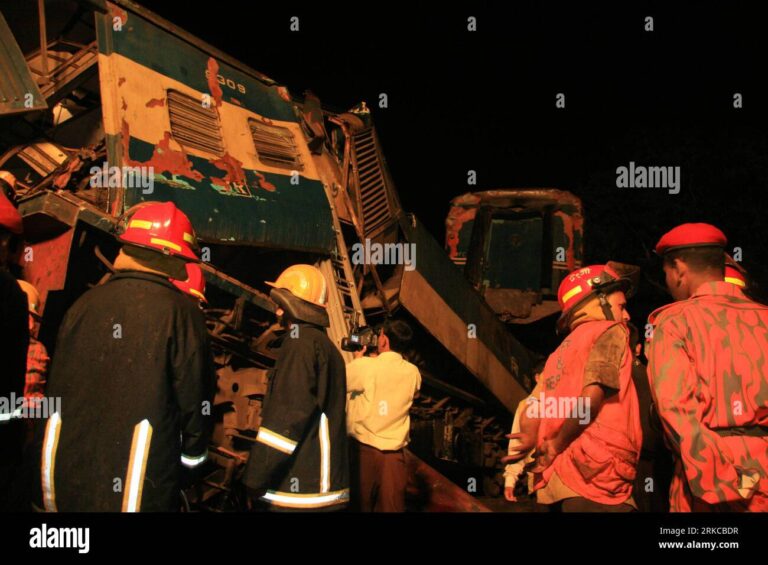How to Know Train Location
To know a train’s location, use real-time tracking services or mobile apps provided by rail companies. Websites like TrainStatus.info may also offer this information.
Tracking the real-time location of a train has become accessible thanks to advancements in technology and the incorporation of GPS tracking systems into railway services. Many railway companies have embraced this feature, allowing passengers to stay updated on the whereabouts of their trains.
This is especially useful for those planning their travel and needing to coordinate pick-ups and connections. Online platforms and dedicated mobile apps often provide this service, typically requiring the train number or route details to display the current status. Through these digital tools, travelers gain peace of mind, knowing they can retrieve up-to-date train location information at their fingertips, which enhances the travel experience and improves journey planning.
The Importance Of Train Location Tracking
The Importance of Train Location Tracking cannot be overstated in today’s fast-paced world where punctuality and reliability are paramount. Whether it’s for passengers awaiting their commute or logistics companies depending on timely deliveries, having real-time information on train whereabouts is vital. This technology not only facilitates a smoother travel experience but integrates itself as a core component for enhanced safety protocols and operational efficiency within the rail industry.
Enhancing Safety Measures
One of the most critical advantages of train location tracking is the significant impact on safety standards. With real-time data, train operators and control rooms can:
- Monitor train speeds and ensure they are within safe limits,
- Provide instant alerts for any potential collisions or track obstructions,
- Enable punctual maintenance checks, keeping the fleet in top condition.
With these measures in place, passengers and cargo are assured a higher level of safety, bolstering public trust in rail systems.
Improving Operational Efficiency
Accurate train location information leads to enhanced operational efficiency within the rail network. It enables:
- Optimized scheduling, reducing wait times and improving service,
- Seamless coordination among different rail services, guaranteeing a smooth transit for passengers and goods,
- Effective utilization of resources, ensuring trains are not idling unnecessarily,
- Reduced fuel consumption and lowered environmental impact through efficient routing.
Operational cost savings coupled with elevated customer satisfaction make train location tracking an indispensable tool for railway operators.
Understanding Train Location Technology
Understanding Train Location Technology has become a cornerstone of efficient travel and cargo transport. With the integration of advanced systems and technologies, gone are the days when travelers had to constantly wonder about a train’s whereabouts. Whether it’s for keeping individual travelers informed or for enabling logistics companies to track cargo movements, train location technology offers real-time data that is both accurate and easily accessible.
Gps Technology In Train Tracking
The advent of Global Positioning System (GPS) technology has revolutionized train tracking. Most modern trains are equipped with GPS devices that provide precise location data. This integration means that the exact coordinates of a train are known at any given moment, allowing for:
- Real-time updates: Travelers can access live train locations through websites, apps, or information displays at stations.
- Enhanced safety: Railway operators can monitor train movements to prevent collisions and respond quickly to emergencies.
- Better scheduling: Accurate tracking helps maintain the train schedules, improving overall efficiency.
The GPS signals are received by both the train and ground stations, ensuring that the tracking information remains synchronized between different monitoring platforms.
Integration Of Tracking Systems With Infrastructure
The integration of train tracking systems with railway infrastructure is a leap forward in transport technology. This involves a complex network of sensors, signals, and data processing units, all working in harmony to provide continuous updates on train locations. Key features include:
- Centralized control rooms for monitoring train positions along the tracks.
- Automated signaling systems that adjust based on train locations to optimize traffic flow.
- Trackside sensors that feed additional data points, such as speed and train integrity, into the system.
This synergy between onboard GPS devices and ground infrastructure digitizes the entire network, laying the foundation for smart railways. Trips are not only safer but also well-coordinated, minimizing delays and improving the overall travel experience.
Methods To Access Real-time Train Location
In today’s connected world, staying updated on a train’s whereabouts is vital for passengers planning their journeys and businesses managing freight. Fortunately, technology has evolved to offer real-time train location information through various methods. From mobile applications designed for passenger convenience to online platforms catering to freight tracking, passengers and shippers alike can access accurate train location data with ease.
Mobile Applications For Passenger Information
With a myriad of mobile applications available, passengers can now track train locations and timings using their smartphones. These apps provide live updates, route details, and scheduled timings, ensuring travelers are informed and can plan accordingly.
- Official Railway Apps: Many railway services have developed their official apps, offering accurate train location tracking.
- Third-party Apps: A plethora of third-party apps also offer real-time train data, often with additional features like alerts and station amenities.
User-friendly interfaces and features such as push notifications for delays make these apps an indispensable tool for modern passengers. Additionally, reviews and ratings within app stores can guide users to the most reliable and feature-rich options for real-time train tracking.
Online Platforms For Tracking Freight Trains
For businesses and logistics professionals, tracking freight trains is crucial for operational efficiency. Online platforms dedicated to freight train tracking offer comprehensive solutions. Users gain access to extensive data such as cargo details, estimated arrival times, and real-time location tracking on interactive maps.
| Platform Features | Description |
|---|---|
| Real-Time Positioning | Detailing a train’s current location on a detailed map. |
| Arrival Time Estimations | Providing businesses with expected delivery times to manage logistics. |
| Cargo Information | Offering insight into the specifics of cargo being transported. |
While subscription-based services offer the most detailed and real-time information, free options also exist, albeit with limited functionalities. It’s important to select a platform that aligns with your specific tracking needs and integrates seamlessly with your logistics operations.
Train Location Accuracy And Reliability
Understanding train location accuracy and reliability is crucial for both railway operators and passengers. It shapes expectations, informs planning, and enhances travel experience. Access to precise train location data improves efficiency, builds passenger trust, and maintains safety standards. The fusion of advanced technology and robust measures plays a key role in ensuring these details are communicated with accuracy and reliability.
Factors Affecting Location Accuracy
The precision with which a train’s location can be pinpointed is influenced by a multitude of factors. These include:
- Quality of GPS Devices: Trains equipped with high-grade GPS receivers provide more precise location data.
- Signal Interference: Urban areas with high-rise buildings or tunnels may disrupt GPS signals, affecting accuracy.
- Network Connectivity: Real-time data transmission relies on consistent network connections, without which updates can be delayed.
- Environmental Factors: Weather conditions like heavy rain or snow can hinder signal reception.
- Maintenance of Tracking Equipment: Regular upkeep ensures the technology used for tracking remains reliable and delivers accurate information.
- Data Integration Systems: The effective synthesis of GPS data with train schedules enhances location accuracy.
Measures To Ensure Reliable Tracking Systems
To fortify the reliability of train tracking systems, several measures are implemented:
- Upgrading Technology: Investing in state-of-the-art GPS and communication equipment to improve location tracking.
- Enhanced Signal Processing: Applying algorithms that compensate for signal interference to maintain accuracy.
- Redundancy Protocols: Utilizing multiple tracking systems concurrently to provide backup in case one fails.
- Regular System Audits: Conducting systematic checks to identify and rectify any discrepancies or system glitches.
- User Feedback Integration: Incorporating passenger input for consistent improvement of the tracking experience.
- Rigorous Staff Training: Ensuring personnel managing the tracking systems are well-trained and adept at handling the technology.
Leveraging Train Location Data For Decision Making
With the dynamism and pace of modern life, knowing the precise location of a train isn’t merely a convenience—it’s pivotal for robust decision making in a variety of contexts. From passengers planning their daily commute to businesses managing logistics, leveraging train location data enhances efficiency and reduces uncertainty. This critical information allows for an adaptive approach to schedule adjustments, travel planning, and logistic strategies.
Optimizing Schedules With Real-time Information
Real-time train location data is a game-changer for both passengers and operators in the railway industry. Here’s how it impacts decision-making:
- Instant Updates: Travelers adjust their travel plans swiftly in response to live updates, thereby avoiding unnecessary waiting times.
- Adjusting Connections: Real-time information allows for the coordination of connecting services, reducing missed connections.
- Dynamically Altering Schedules: Operators can modify train schedules proactively, optimizing network efficiency and reducing the impact of delays.
By integrating real-time train location feeds into applications, both train operating companies and third-party service providers can offer users an unparalleled level of control over their travel plans.
Utilizing Historical Location Data For Analysis
Historical train location data is invaluable for strategic planning and identifying long-term trends. Here’s how historical data proves its worth:
| Analysis Objective | Benefits |
|---|---|
| Performance Monitoring | Better understanding of service reliability, leading to more effective public relations management. |
| Infrastructure Enhancements | Insights into recurrent congestion points, enabling targeted infrastructure investment. |
| Service Planning | Data-driven decisions on service frequency and timing for optimal resource allocation. |
Transport authorities and operators analyze this historical data to refine timetables, manage resources, and enhance the rider experience. Using predictive analytics, they can foretell potential delays and prepare contingency measures, ensuring consistent service.
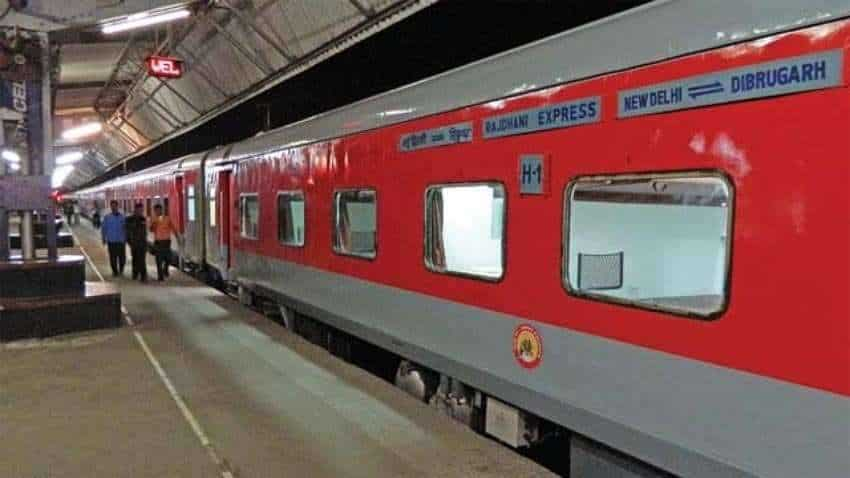

Credit: www.zeebiz.com
Frequently Asked Questions Of How To Know Train Location
How Do I Track A Train’s Current Location?
To track a train’s current location, you can use online rail tracking services, mobile apps provided by rail companies, or SMS-based services if available. These platforms offer real-time updates on train positions via GPS or network-based location data.
Can I Find Live Train Status Online?
Yes, live train status can be found online. Websites of railways and third-party services provide real-time updates. They display information like train speed, delays, and expected arrival times based on the train number or route.
Is There An App For Real-time Train Tracking?
Numerous apps offer real-time train tracking. Official railway apps and independent applications are available for both Android and iOS. They provide accurate train locations, schedules, and platform numbers using GPS technology and user inputs.
What Details Are Required To Check Train Location?
To check a train’s location, you’ll typically need the train number or name. Some services may also allow you to use the route or destination to find the current position of the train.
Conclusion
Tracking a train’s location has never been simpler. Thanks to modern apps and online tools, stay updated effortlessly. Remember tips shared for a stress-free journey. Next time you travel, use these strategies for real-time train tracking. Safe travels and seamless tracking!



